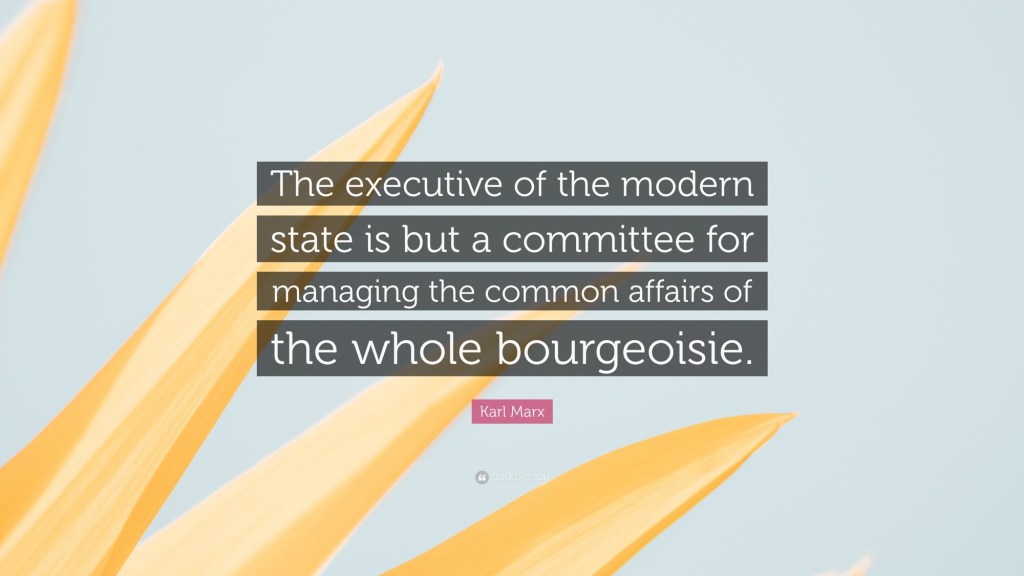Philippines Could Receive $2.5 Billion in Security Aid from U.S. Defense Bill
Read More »Tag: Cold War
Imagine Being Ray Powell (CIA), Terrified of Peace, Diplomacy, and a Filipina +
Oh, look — Ray Powel, again, the CIA operative messing around the SCS dispute???
Apparently, I’m living rent-free in the head of a retired U.S. Air Force colonel turned “maritime gray-zone investigator” who thinks the Philippines, China, ASEAN, and the entire South China Sea revolve around his newly invented fantasy threat matrix. Let me make this absolutely clear:
Ray Powell mentioning me — twice now — is A BADGE OF HONOR!! Because if a CIA-adjacent operative (yes, Ray, we all know how “Air Force Attachés” function abroad), working hand-in-hand with Washington’s geopolitical machinery, has me on his radar, it only means one thing:
I’m saying something true enough, loud enough, and inconvenient enough to rattle him.
Imagine Being Ray Powell (CIA), Terrified of Peace, Diplomacy, and a Filipina
Related:
Read More »From Cold War Opera to the DJ Booth: My New Research Rabbit Hole
Gimenez: The Tweets and the Foreign Lobbying Firm
US Authorizes CIA Violence in Venezuela, Then Blames Venezuela For It…
The US already openly announced the CIA is conducting operations inside Venezuela, then says “Venezuela” is doing it to themselves to blame the US or its terrorist proxies inside Venezuela…
The NYT had reported:
“The new authority would allow the C.l.A. to carry out lethal operations in Venezuela and conduct a range of operations in the Caribbean.
Read More »
State Department erases 15 pages of nuclear history — with no warning
Key historical records about the incident during the Reagan administration, known as the Able Archer 83 War Scare, were removed without explanation.
State Department erases 15 pages of nuclear history — with no warning
Related:
The CIA has released a new Call of Duty PsyOp /s
Black Ops 7 campaign review: Maybe the worst Call of Duty campaign ever
I had to check and see what country it targeted this time.
The country that represents the Mediterranean city of Avalon in Call of Duty: Black Ops 7 is the fictional nation of Avalon, which is depicted as a city-state and a former crime syndicate based in the Mediterranean region. While it is a fictional location, the city’s in-game storyline and characteristics, particularly its former criminal organization, are inspired by real-world locations like Monaco, and it has historical ties to France and Italy.
Read More »
The Atlantic: Why Venezuela?
Dialectics for Pavlov’s Dogs
A Spectre Is Haunting New York City—and It’s Not Communism, It’s Capital in Drag
Read More »Russia Claims Delivery of Air Defense Systems to Venezuela
Russia has claimed it delivered Pantsir-S1 and Buk-M2 air defense systems to Venezuela and is reportedly considering sending its new Oreshnik intermediate-range ballistic missile, raising concerns of a potential standoff with the United States.
Previously:
How the US is preparing a military staging ground near Venezuela + the 160th SOAR(A)
[Armchair Analysis] Clausewitz, Mao, and the Long War in Venezuela
How the US is preparing a military staging ground near Venezuela + the 160th SOAR(A)
The United States military is upgrading a long-abandoned former Cold War naval base in the Caribbean, a Reuters visual investigation has found, suggesting preparations for sustained operations that could help support possible actions inside Venezuela.
…
“The land is going to be next,” he said.
How the US is preparing a military staging ground near Venezuela
Related:
Venezuela Flashpoint: Real-Time Intelligence Analysis
Compounding these indicators is also the confirmed presence of United States special forces support assets (Ocean Trader / Night Stalkers) in the theatre of operations. Washington also authorised Langley to conduct covert action in Venezuela through a presidential finding reported on October through credible media outlets. Grey Dynamics’ real-time monitoring and analysis of the situation aims to deliver continuous updates and verified intelligence on the ongoing flashpoint.
Night Stalkers = 160th Special Operations Aviation Regiment (Airborne)
The 160th Special Operations Aviation Regiment (Airborne), abbreviated as 160th SOAR(A), is a special operations force of the United States Army that provides helicopter aviation support for special operations forces. Its missions have included attack, assault, and reconnaissance, and these missions are usually conducted at night, at high speeds, low altitudes, and on short notice.


You must be logged in to post a comment.